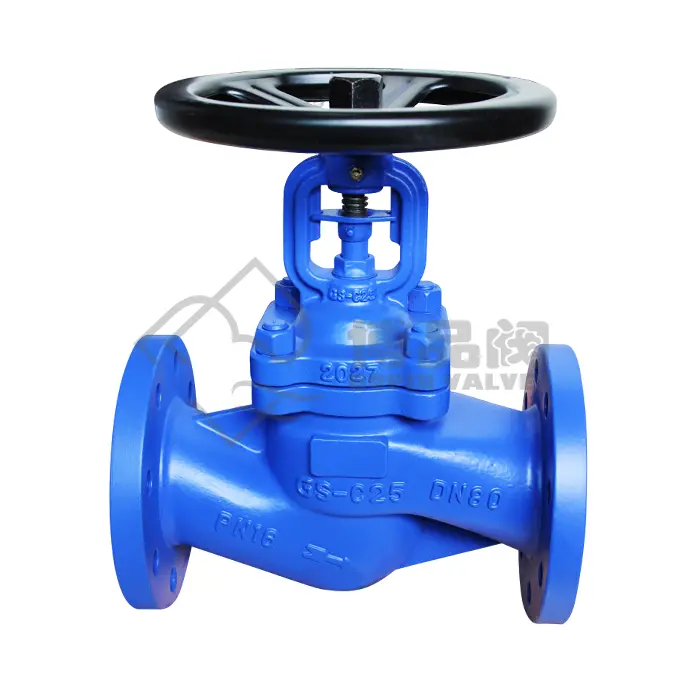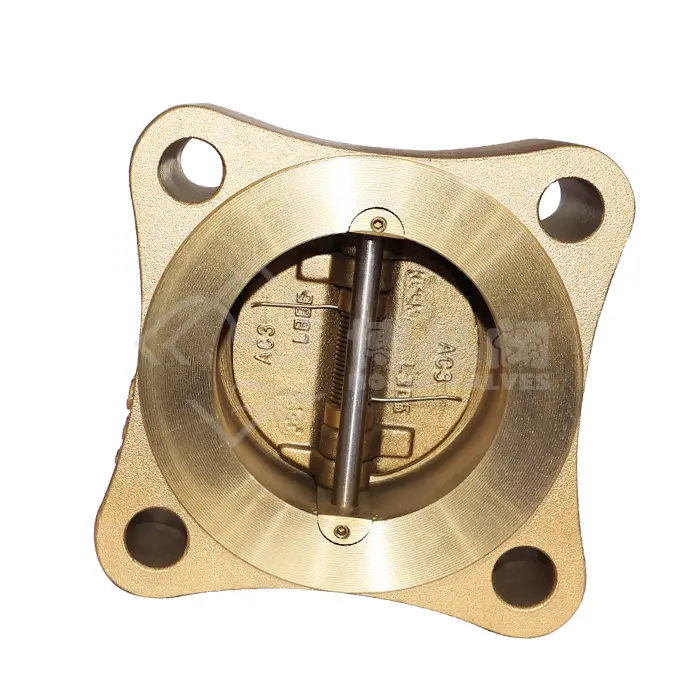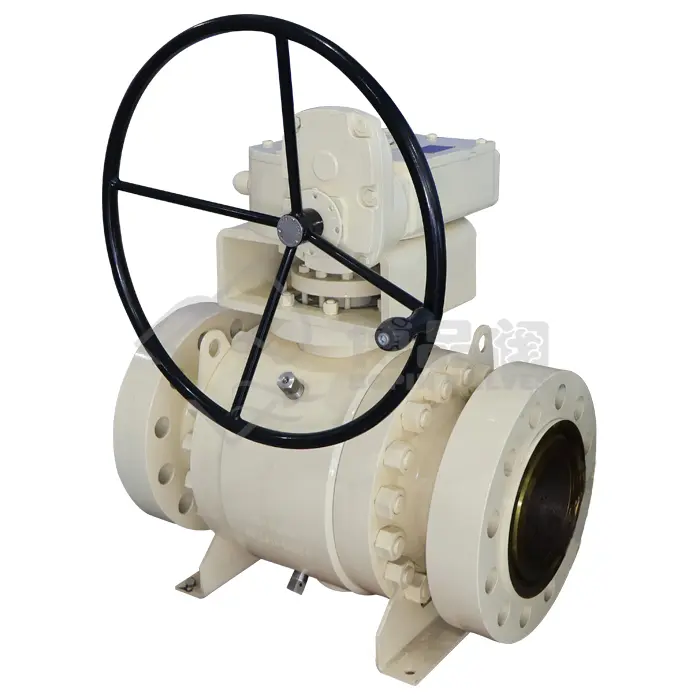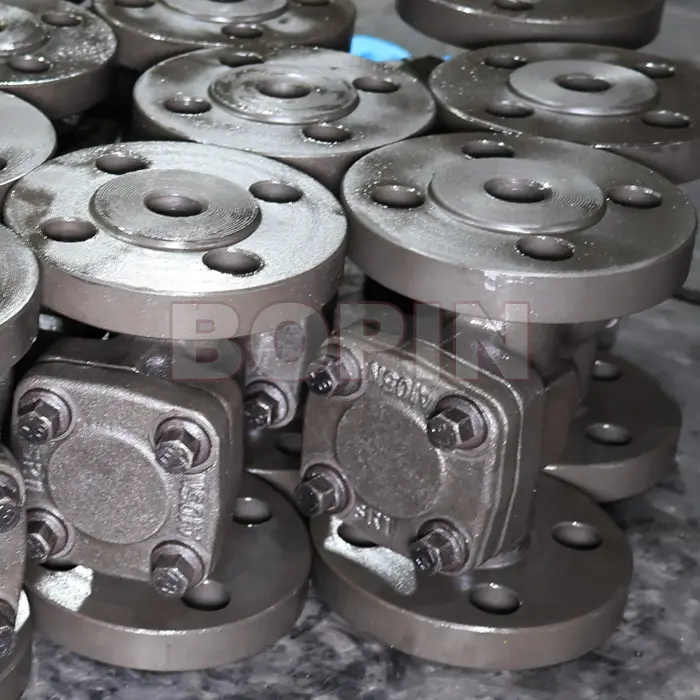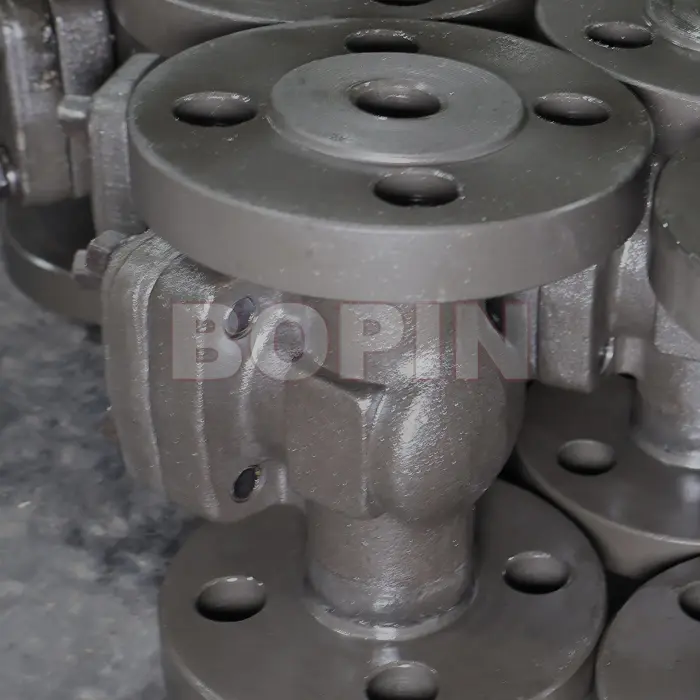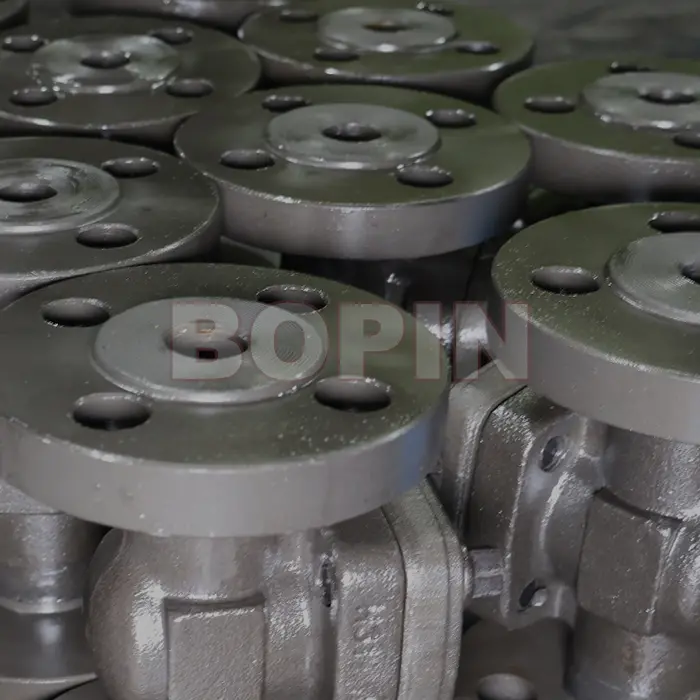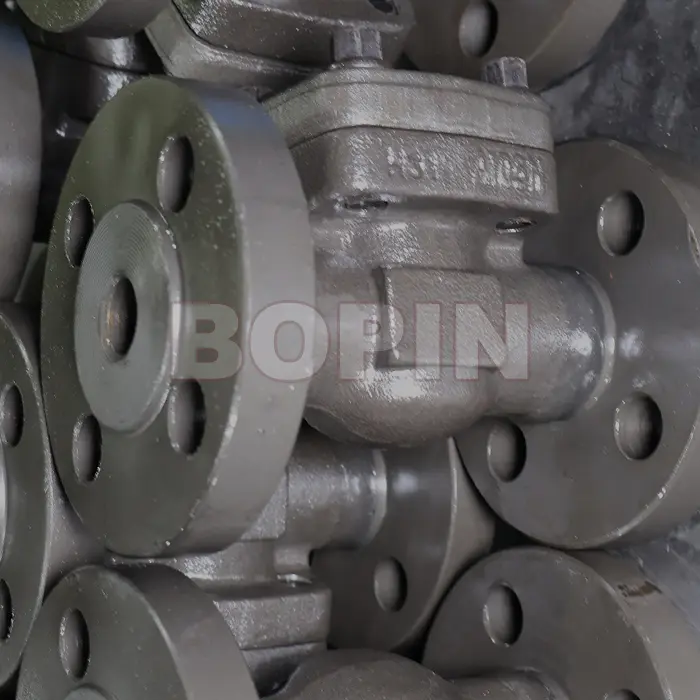0102030405
Forged Steel Check Valve
Overview of Swing Check Valves
Before delving into the specifics of a forged steel swing check valve, it's useful to understand the general purpose and function of swing check valves. Swing check valves are a type of one-way valve. They consist of a disc, which swings open and closed depending on the direction of the flow. When the fluid moves in the intended direction, the disc opens; when the flow reverses, the disc swings back into place, sealing the valve and preventing backflow.
About Material of Forged Steel
The material from which the valve is made plays a pivotal role in determining its durability, strength, and resistance to wear. Forged steel refers to steel that has been shaped and strengthened through a process of heating and applying pressure, commonly referred to as forging. This process enhances the steel’s internal grain structure, making it stronger and more durable compared to cast steel, which is typically used for valves that don't require as much strength.
The forging process makes these valves suitable for high-pressure, high-temperature applications, as they can withstand more stress and extreme conditions than valves made from cast materials. Forged steel also improves the fatigue resistance of the valve, making it ideal for environments where repeated stress or pressure fluctuations are common.
Design and Operation
A forged steel swing check valve consists of several key parts:
Body: The main casing that houses all other components. The body is made from forged steel and is the part of the valve that interfaces with the pipeline.
Disc: This is the swinging part of the valve that opens and closes. It is typically designed to pivot on a hinge or pin at the bottom of the valve body. The disc is pressed against a sealing seat when the flow reverses, forming a tight seal to prevent backflow.
Hinge or Pin: The component that allows the disc to pivot, ensuring that it swings properly when flow conditions change.
Seat: A surface that provides a seal for the disc when the valve closes. This can be a part of the body or a separate component, depending on the design.
When flow occurs in the intended direction, the pressure of the fluid forces the disc to swing open. When the fluid flow is disrupted or reversed, the disc swings back and closes tightly against the seat, thereby stopping reverse flow. This mechanism works automatically, without the need for any external power source, making it highly reliable and low-maintenance.
Features & Benefits
Automatic Operation: One of the primary advantages of a swing check valve is its automatic operation. It requires no manual intervention to open or close, making it highly efficient in systems where human intervention would be impractical or impossible.
Preventing Backflow: The main purpose of a swing check valve is to prevent backflow, which can cause system damage, contamination, and inefficiency. This is particularly important in systems dealing with fluids that should not be contaminated or systems where reverse flow could damage pumps, compressors, or other sensitive equipment.
Durability: Forged steel is well-known for its strength, which makes these valves highly durable and capable of withstanding high pressures, temperatures, and corrosive fluids. This durability extends the valve’s service life and reduces the need for maintenance or replacement.
High Pressure and Temperature Resistance: Forged steel swing check valves can operate effectively in systems where high pressures or temperatures are present. They are often used in industries such as oil and gas, chemical processing, power generation, and water treatment, where these conditions are common.
Compact Design: Swing check valves are typically more compact than other types of check valves, such as wafer-style or lift check valves. This makes them suitable for installations where space is limited.
Reduced Maintenance: Since forged steel is resistant to wear and tear, and the valve’s mechanism is simple, these swing check valves require less maintenance compared to more complex valve designs.
Applications
Forged steel swing check valves are widely used across a variety of industries. Some of the most common applications include:
Pipelines: In long-distance fluid transportation systems, forged steel swing check valves prevent the reversal of flow, ensuring that the fluid travels in the correct direction and preventing damage to the pipeline.
Oil and Gas: These valves are crucial in oil and gas systems, where preventing backflow is necessary for protecting sensitive equipment and ensuring the safe and efficient flow of resources.
Chemical Processing: In chemical plants, the valves are used to protect pipes, pumps, and other equipment from backflow that could lead to contamination or damage.
Power Generation: In power plants, forged steel swing check valves help ensure that steam and water flow in the correct direction, protecting turbines and other equipment.
Water Treatment: Water treatment facilities rely on these valves to prevent backflow that could contaminate water supplies or cause system malfunctions.
HVAC Systems: In large heating, ventilation, and air conditioning (HVAC) systems, swing check valves help control the direction of fluid flow, preventing reverse flow that could compromise system efficiency.
Considerations When Choosing
When selecting a forged steel swing check valve, there are several factors to consider:
Pressure Rating: It's essential to choose a valve with a pressure rating that matches the operational pressure of the system. Overpressurizing a valve could cause it to fail.
Size and Flow Rate: The size of the valve should match the diameter of the pipe, and the flow rate must be appropriate for the application. Too large a valve for a small pipe could result in poor sealing, while too small a valve could restrict flow.
Temperature Range: The valve should be able to withstand the operating temperatures of the system. Forged steel is generally capable of handling high temperatures, but it's essential to verify the specific temperature limits.
Seal Materials: The seal or seat material is also critical, particularly in systems that handle corrosive or abrasive fluids. Materials like PTFE, elastomers, or metal-to-metal seating may be considered depending on the application.
Advantages Over Other Types of Check Valves
Compared to other types of check valves, forged steel swing check valves offer distinct advantages:
Higher Pressure and Temperature Tolerance: These valves excel in high-pressure and high-temperature environments, where other types of check valves may fail.
Simpler Mechanism: Unlike lift check valves, which have a spring mechanism or more complex internal components, swing check valves are simple and less prone to mechanical failure.
Less Maintenance: Due to their robust design and forged steel construction, these valves require less frequent maintenance and have a longer operational life.







